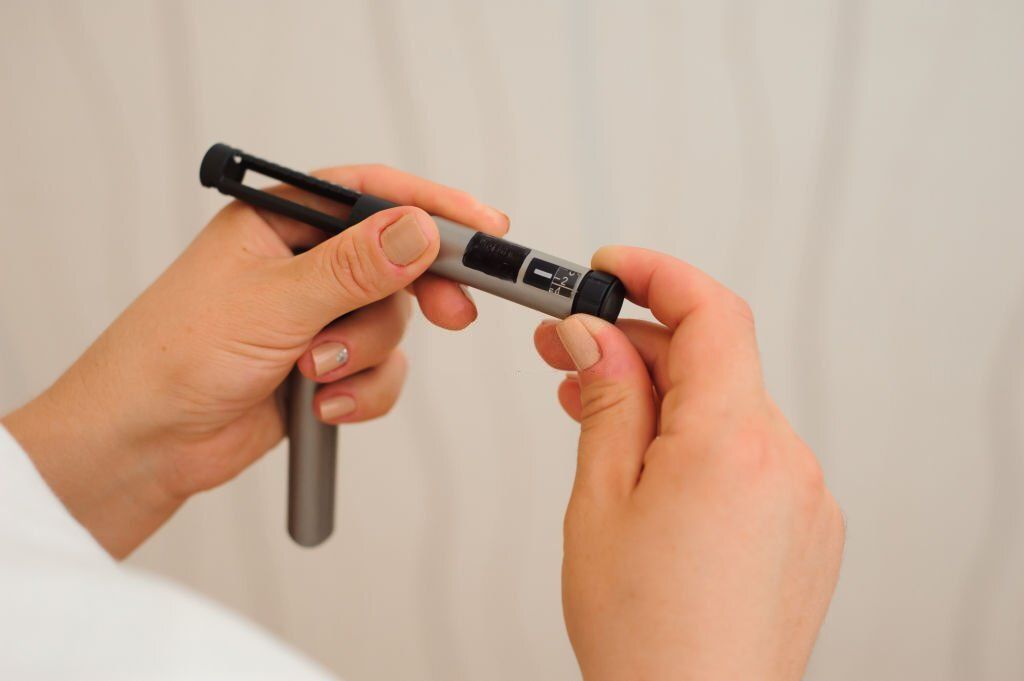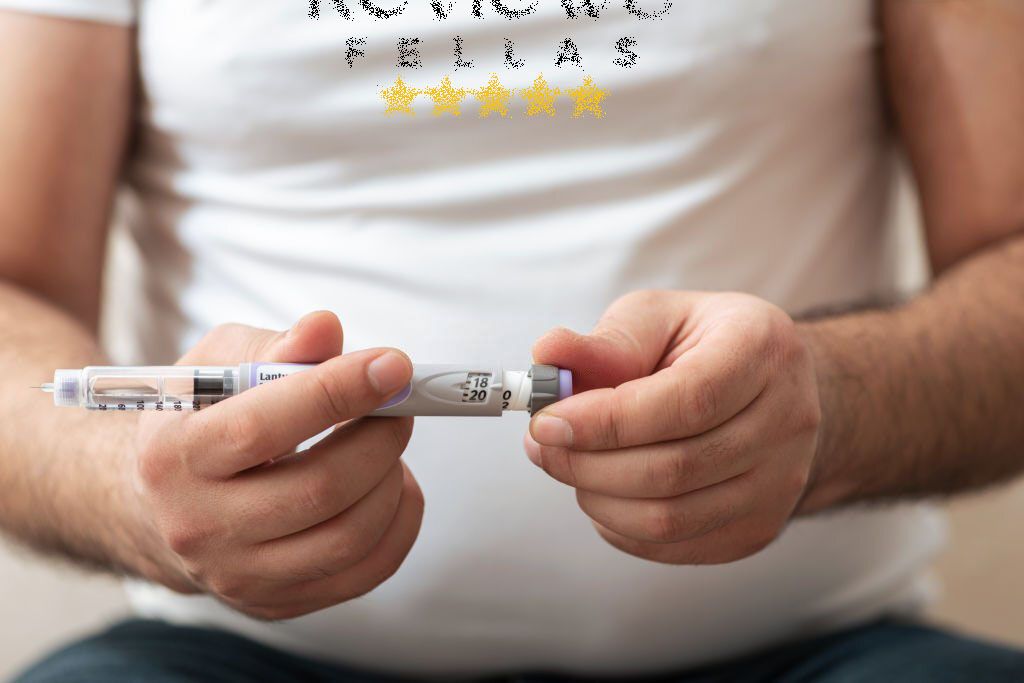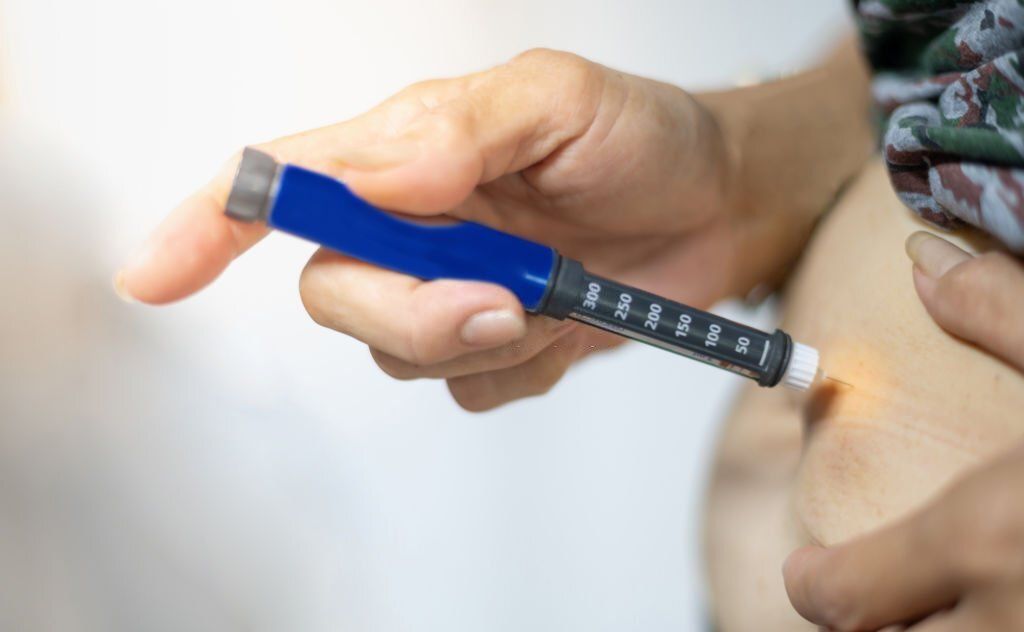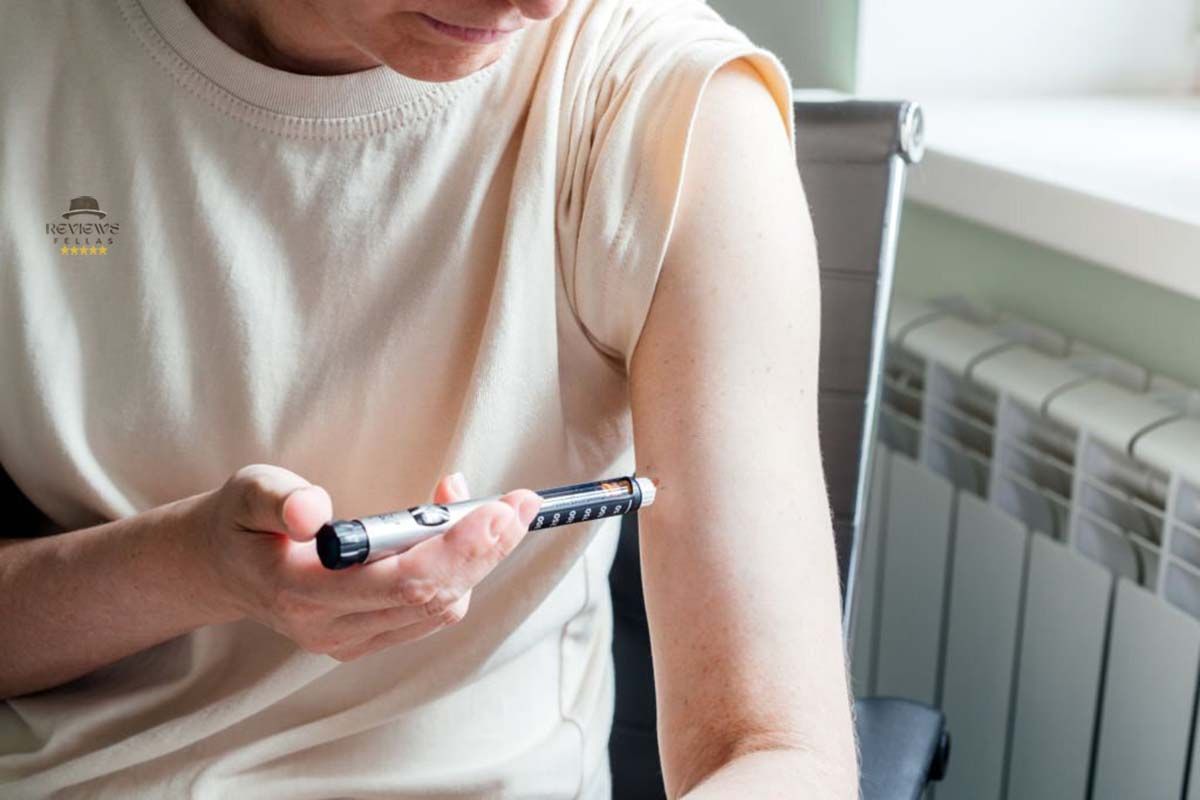This article is reviewed, corrected, and approved by: Dr. Joshua Collins M.D. | MRCP। FRCP
Insulin pens are used by people with diabetes who require insulin therapy to manage their blood sugar levels. They are suitable for individuals with type 1 and type 2 diabetes because their bodies do not produce insulin.
It is a process of delivering insulin for managing blood sugar levels. I am about to discuss how to use an insulin pen, pros and cons of using it, tips for selecting the best insulin pen, and the best insulin pens on the market.
Different Types of Insulin Pen
Your needs and preferences should be considered before choosing an insulin pen.
Here are the types of insulin pens are-
Disposable Pens
- Pre-filled with insulin and discarded after use.
- Suitable for infrequent insulin use or for those who prefer convenience.
Reusable Pens
- Use insulin cartridges that can be inserted and removed.
- Ideal for frequent insulin users or those who desire flexibility in changing insulin types.
Smart Pens
- Connected to a smartphone app to track insulin doses and diabetes data.
- Beneficial for individuals aiming for better diabetes management.
Perks of Using Insulin Pen

Insulin pens are convenient and easy to use for administering insulin in people with diabetes. They offer several important benefits:
- Ease of use: Insulin pens are simple to handle and can be carried anywhere, allowing for easy insulin administration on the go.
- Accuracy: By delivering accurate doses, insulin pens support individuals in effectively managing their blood sugar levels, thereby reducing the potential for complications.
- Convenience: Insulin pens are versatile and can be used in various settings, providing flexibility and convenience for busy lifestyles.
- Cost considerations: While insulin pens may be more expensive than vials and insulin syringes, they may be covered by insurance, making them accessible to many individuals.
Cons of Insulin Pen
- Limited insulin types: Not all types of insulin are available in pen form.
- Cost: Insulin pens can be more expensive than traditional vials and syringes.
- Not suitable for high insulin doses: Insulin pens may have limitations when it comes to delivering high insulin doses.
Step-By-Step Guide: How To Use Insulin Pen?

To use an insulin pens, follow these step-by-step instructions:
- Step 1: Assemble everything you need: This should include an insulin pen, a pen needle, and antiseptic wipes.
- Step 2: Prepare the pen: Attach the needle, prime the pen to remove air, and select the dose.
- Step 3: Use alcohol wipe: The injection area by wiping it with an alcohol swab.
- Step 4: Inject the insulin: Insert the needle at a 90-degree angle and push the button to inject insulin.
- Step 5: Dispose: Pull that needle and dump it in a safe place.
Things to Keep in Mind

Attaching a new pen is crucial to injecting insulin. Here are some important things to keep in mind when attaching a new pen needle:
- Proper Needle Hygiene: Use a new needle for each injection.
- Ensuring Comfort: Change injection locations to avoid tissue damage.
- Infection Prevention: Avoid sharing pens to minimize the spread of infections.
- Needle Safety: Dispose of used insulin needles properly, do not reuse them.
- Secure Attachment: Tighten the pen needle to prevent pain or injury
- Handle with Care: Avoid bending or breaking the pen needle
- Insulin Needle Maintenance: Use a new needle for every injection
- Injection Site Rotation: Change locations for optimal tissue health
- Hygiene Practices: Help to prevent infections by avoiding pen sharing
- Proper Disposal: Safely discarding used needles for needle safety.
How to Insert a New Pens Needle into an Injectable Insulin Pen?
Follow these procedures for attaching a new pen tip to your insulin pen.
- Remove the outer needle cap from the pen needle.
- Hold the pen needle with the bevel side up.
- Screw the pen needle onto the pen until it is tight.
- Remove the inner needle cap from the pen needle.
Tips For Selecting The Best Insulin Pen
Choosing the right insulin pen is essential for effective insulin administration. Here are some considerations to help you select the insulin pen that best suits your needs:
Consult with your healthcare provider
Seek guidance from your healthcare provider or diabetes educator. They can give you advice based on your lifestyle, preferences, and specific needs.
Pen type
Choose between disposable and reusable insulin pens. Disposable pens are pre-filled and discarded after use, while reusable pens require cartridge replacement.
Dosing options
Check the dosing options available with the pen. Some pens offer half-unit increments, which can be beneficial if your insulin doses require precise adjustments.
Insulin compatibility
Ensure that the insulin pen you choose is compatible with the type and brand of insulin you use. Different pens are designed for specific insulin formulations (rapid-acting, long-acting, etc.).
Pen features
Consider additional features that may enhance your insulin administration experience. Some pens have dose memory functions, dose correction capabilities, and audible clicks to confirm insulin delivery.
Pen size and grip
Assess the size, shape, and grip of the pen. Pick one that is fit for your need and simple to use.
Needle compatibility
Confirm that the pen needles you prefer or are currently using are compatible with the pen you choose. Not all pen needles fit all pens, so check compatibility to avoid future problems.
Cost and insurance coverage
Evaluate the cost of the pen and factor in any insurance coverage or assistance programs that may apply. Compare prices and consider long-term affordability.
User feedback and suggestions
Take the time to read user reviews and seek advice from individuals who have been using insulin pens for a long time.
Which Pen Is Best For Insulin?
In the United States, there are several reputable insulin pen brands available for managing diabetes effectively. Some of the best insulin pen brands include:
- Lantus
- Tresiba flextouch
- Levemir
- Basaglar kwikpen
- Toujeo solostar
- Humalog kwikpen
- Relion insulin
Lantus SoloStar: A widely recognized brand known for its long-acting insulin pen, providing consistent blood sugar control for up to 24 hours.
Tresiba FlexTouch: Another popular brand offering a long-acting insulin pen that provides smooth blood sugar control for up to 36 hours.
Levemir FlexPen: A reliable brand with a reusable pen that allows for customizable dosing options and helps maintain stable blood sugar levels.
Basaglar KwikPen: Considered a biosimilar to Lantus, Basaglar offers a pre-filled pen for reliable long-acting blood sugar control.
Toujeo SoloStar: An ultra-long-acting insulin pen designed for individuals requiring concentrated insulin, offering smooth blood sugar control for up to 30 hours.
Humalog KwikPen: A popular brand with a rapid-acting insulin pen providing flexibility in dosing to manage blood sugar spikes after meals.
ReliOn Insulin: A disposable insulin pen pre-filled with Novolin R ReliOn FlexPen, a short-acting human insulin U-100.
Conclusion
Insulin pens are handheld devices for administering insulin to manage blood sugar levels in diabetes. They're compact, portable, offer accurate dosing, and easy to use. Insulin pens, which are suitable for both type 1 and type 2 diabetes, and easier ways to take insulin.
When choosing an insulin pen, consider factors such as insulin compatibility, capacity, and budget. To use, assemble the pen, prepare the dose, inject the insulin, and dispose of the needle properly.


